Customer Services
Copyright © 2025 Desertcart Holdings Limited
Desert Online General Trading LLC
Dubai, United Arab Emirates









🎙️ Elevate your voice, own the moment.
The NEEWER 2 Pack Lavalier Lapel Microphones feature universal 3.5mm TRS gold-plated connectors compatible with Rode Wireless GO II, DJI Wireless Mic, and other systems. Designed with omnidirectional condenser capsules, they capture crystal-clear 360° audio. With a 1.2m cable and clip-on design, these plug-and-play mics deliver professional-grade sound for live streaming, interviews, podcasts, and more—without the hassle of batteries.
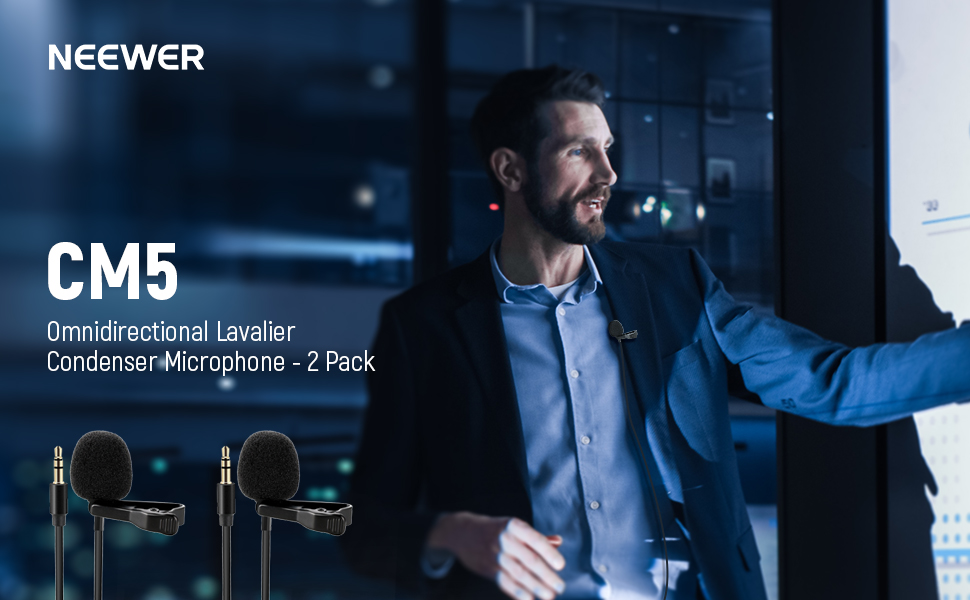
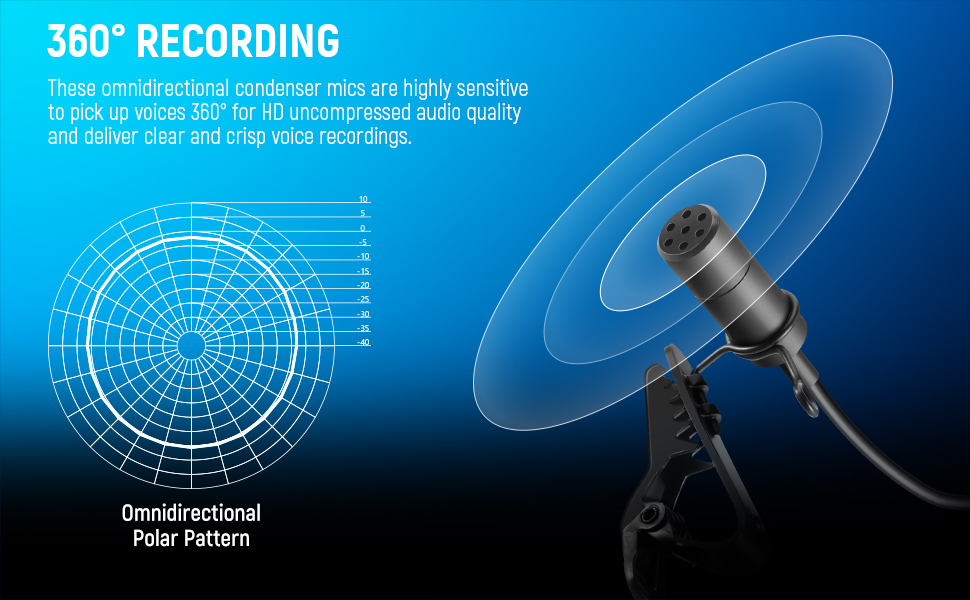
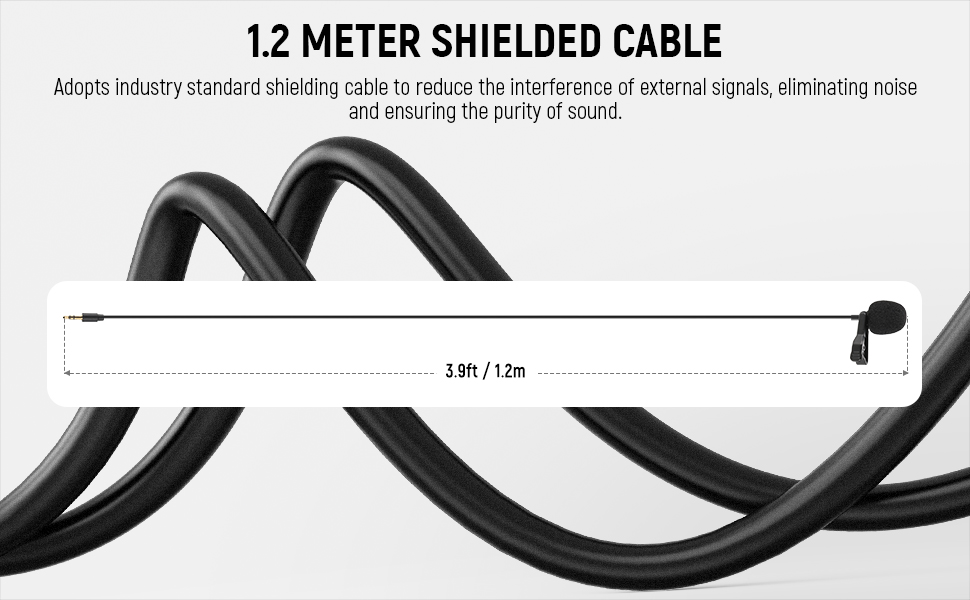
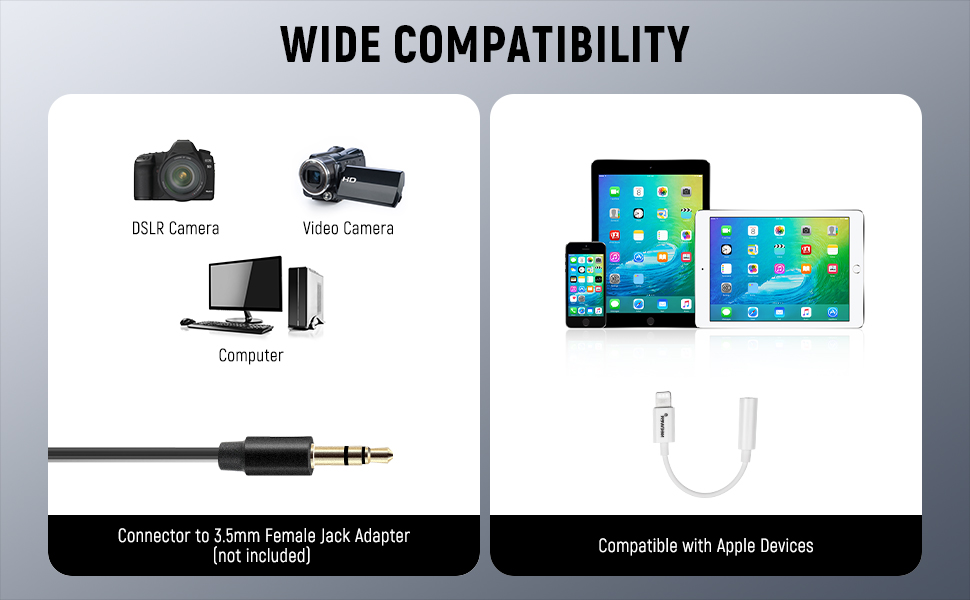
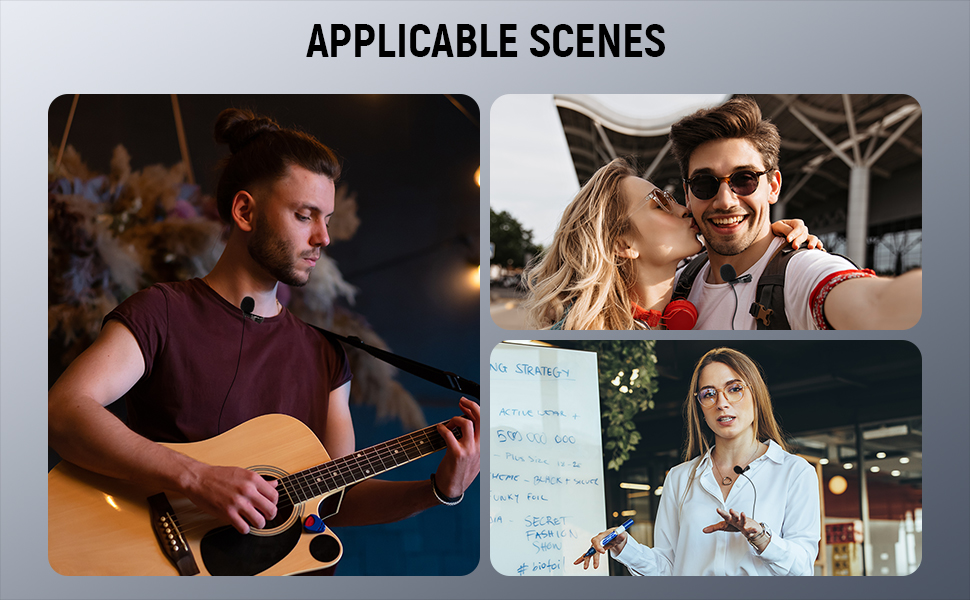
| Material Type | Plastic |
| Item Weight | 1.59 Ounces |
| Power Source | Corded Electric |
| Hardware Platform | Television, Camera, Smartphone |
| Number of Channels | 1 |
| Polar Pattern | Omnidirectional |
| Microphone Form Factor | Lavalier |
| Connectivity Technology | USB |
| Connector Type | USB, 3.5 mm Jack |
| Special Features | Clip |
| Compatible Devices | Laptop |
S**N
يدعم قوبروه هيرو ٧
وصلني سريعنا تم تجربته على GoPro Hero 7 و كان اداء ممتاز حق بداية شخص حاب يدخل عالم فلوق مواد تصنيع ممتازه و خفيف الوزن بس تحتاج ادبتر لتشغيله على GoPro Hero 7 و قابل ازالة المحبس لي تقدر تركيب المايك في الخوذه و السلك طولة ممتاز - تم تجربة صوت كان ممتاز جدا
M**M
Good
Quality material. Fits DJI Mic well, good sound. But a bit big, compared to Sennheiser.Windstopper mix Furry & Foam Cover, copes well with gusts of wind even on a yacht. Windstopper not white, but milky.Good value for money
Trustpilot
2 months ago
4 days ago